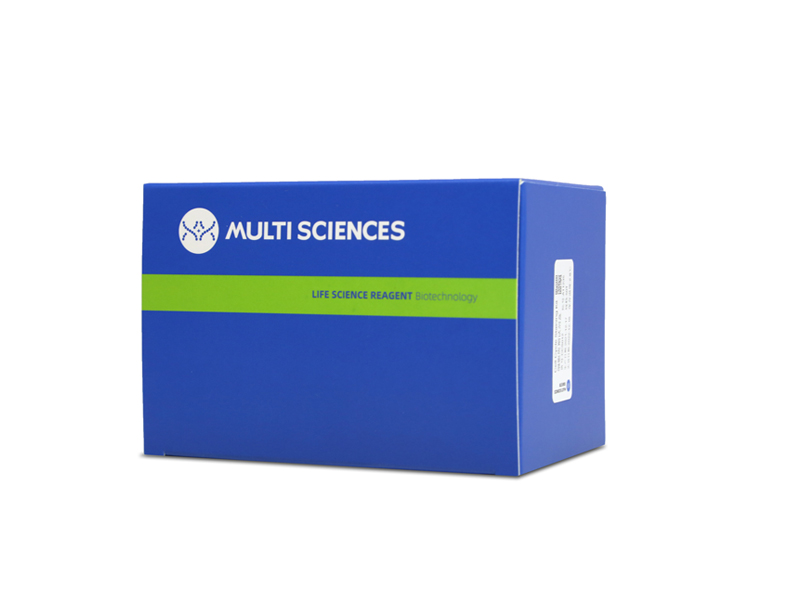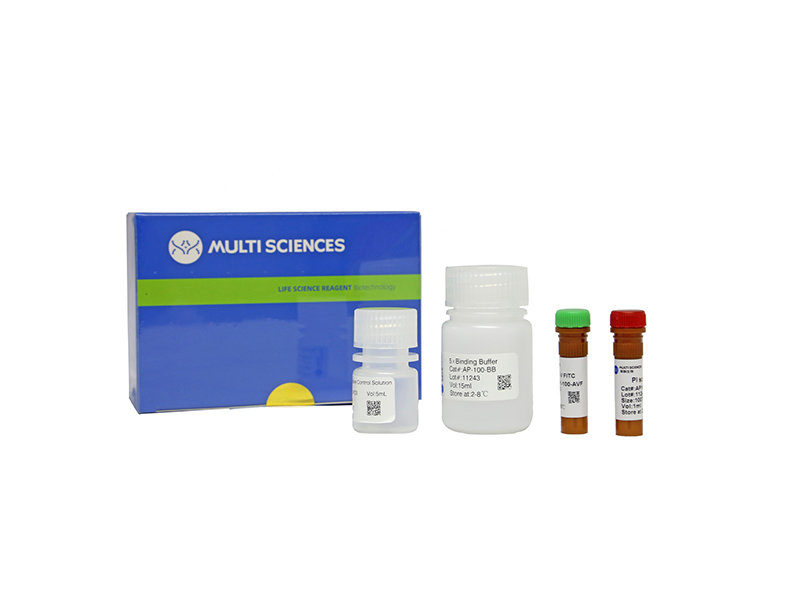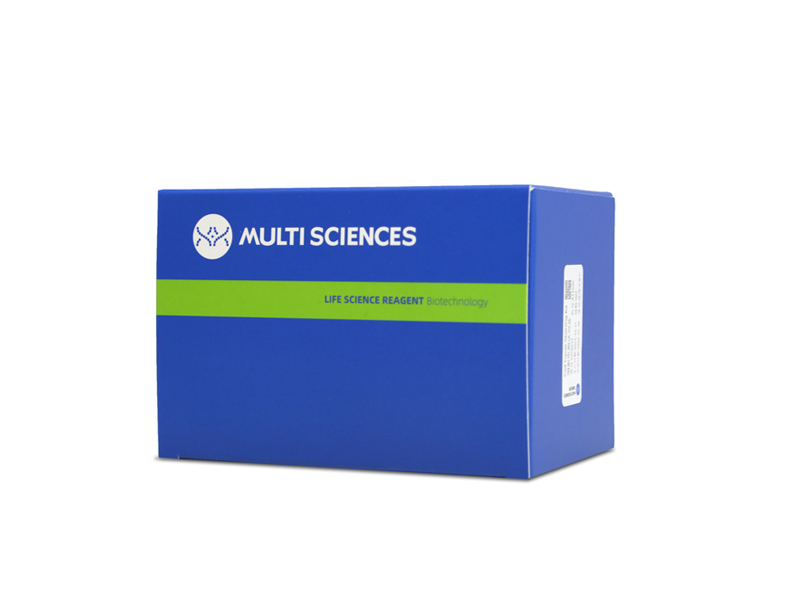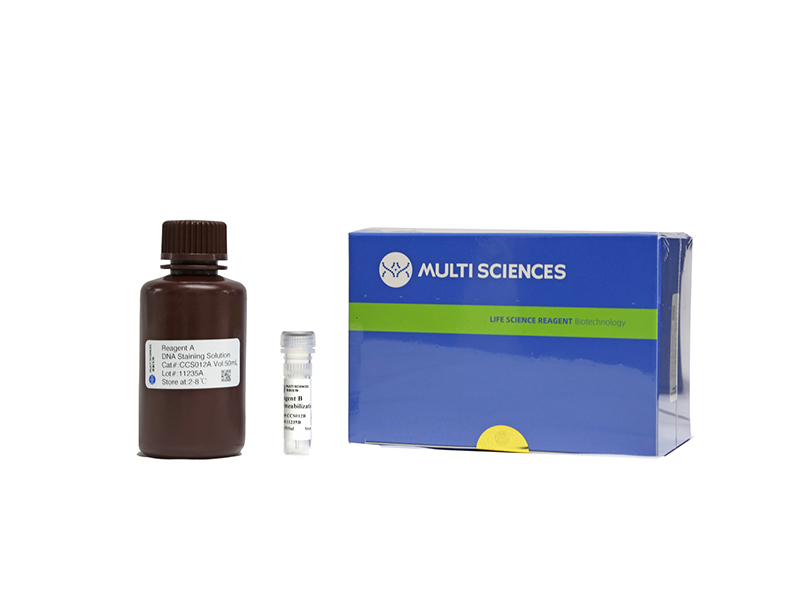Telomeric repeat factor 2 (known as TRF2 or TERF2) is a key component of telomere protection protein complex named as Shelterin. TRF2 helps the folding of telomere to form T-loop structure and the suppression of ATM-dependent DNA damage response activation. TRF2 has been recognized as a potentially new therapeutic target for cancer treatment. In our routine screening of small molecule libraries, we found that Curcusone C had significant effect in disrupting the binding between TRF2 and telomeric DNA, with potent antitumor activity against cancer cells. Our result showed that Curcusone C could bind with TRF2 without binding interaction with TRF1 (telomeric repeat factor 1) although these two proteins share high sequence homology, indicating that their binding conformations and biological functions in telomere could be different. Our mechanistic studies showed that Curcusone C bound with TRF2 possibly through its DNA binding site causing blockage of its interaction with telomeric DNA. Further in cellular studies indicated that the interaction of TRF2 with Curcusone C could activate DNA-damage response, inhibit tumor cell proliferation, and cause cell cycle arrest, resulting in tumor cell apoptosis. Our studies showed that Curcusone C could become a promising lead compound for further development for cancer treatment. Here, TRF2 was firstly identified as a target of Curcusone C. It is likely that the anti-cancer activity of some other terpenes and terpenoids are related with their possible effect for telomere protection proteins.
文章引用产品列表
-
- AT101 1165 Citations
- 凋亡试剂盒
Annexin V-FITC/PI Apoptosis Kit(细胞凋亡试剂盒-适用贴壁细胞 除C6流式细胞仪以外的流式细胞仪)
- ¥860.00 – ¥1,510.00
-
- CCS012 1190 Citations
- 周期试剂盒
Cell Cycle Staining Kit 细胞周期检测试剂盒
- ¥390.00
-
- AP101 1755 Citations
- 凋亡试剂盒
Annexin V-FITC/PI Apoptosis Kit(适用于除C6以外的流式细胞仪)
- ¥630.00 – ¥1,280.00





